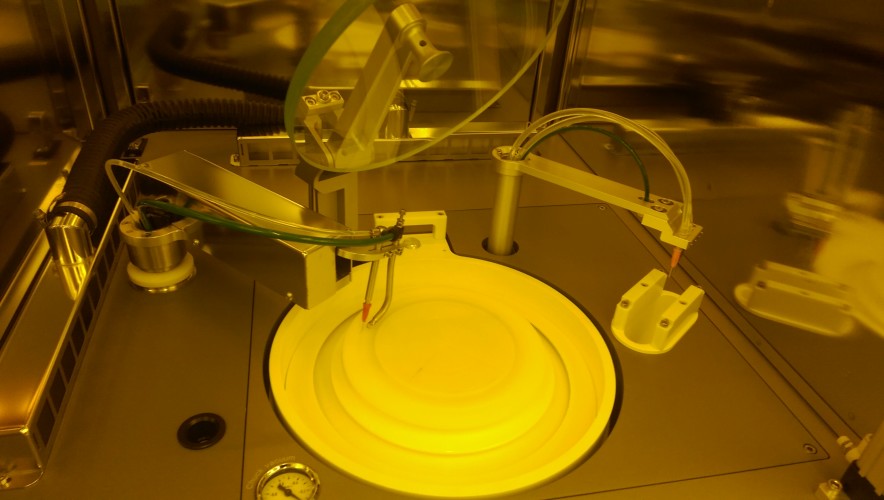


The metal mask is stored in Bay7, in the bottom-most blue Vidmar drawers between the Suss MA6 & GCA Stepper #1, in a transparent cassette labeled “edge beam removal mask”. We do have simple metal masks made for 4-inch wafers, that you can use on the Suss MA6 for I-Line Flood Expose mode or on the DUV Flood Expose to expose your edge bead. full wafers), you will want to make a custom plastic or metal mask that you can place on top of the wafer during flood expose - then develop to remove the edge-bead. Subsequent litho will work fine.įor larger parts (eg. Then develop the sample to remove the edge bead. Expose with 3-5x the typical dose, since the PR is thick at the edge.
Use the swab like a paintbrush to remove PR from the edge of the wafer, re-soaking as needed.įor small parts, you can cut pieces of tinfoil into small squares, and mask all but 2 edges and flood expose those two edges (on a contact aligner), then repeat for the other two edges. Roll the swab on a cleanwipe to remove excess liquid. Squirt some EBR onto a COTTON swab (not plastic swab! They will dissolve.). (Do NOT bring Acetone onto the spin-benches! The fumes affect nearby PR.) Only use this chemical in a fume hood, and dispose in the waste in the fume hood waste containers. This works well for small samples, if the substrate material is not fragile (works well for Silicon, Sapphire, GaAs, Silica etc.).Įspecially useful for photoresists that don't chemically dissolve easily, such as PMGI, SU8, BCB.ĮBR100 squirt bottles can be found on the spinner benches. Use a razor blade to scrape off the edge-bead regions. For some projection systems, such as the Maskless Aligner, EBR can help with autofocus issues. For contact lithography, this improves the proximity of the mask plate and sample, improving resolution. These techniques are required for loading full-wafers into etchers that use top-side clamps, to prevent photoresist from sticking to the clamp (and potentially destroying your wafer). edge-bead removal, EBR) has multiple advantages: Removing the thicker photoresist along the edges of your sample (aka.






 0 kommentar(er)
0 kommentar(er)
